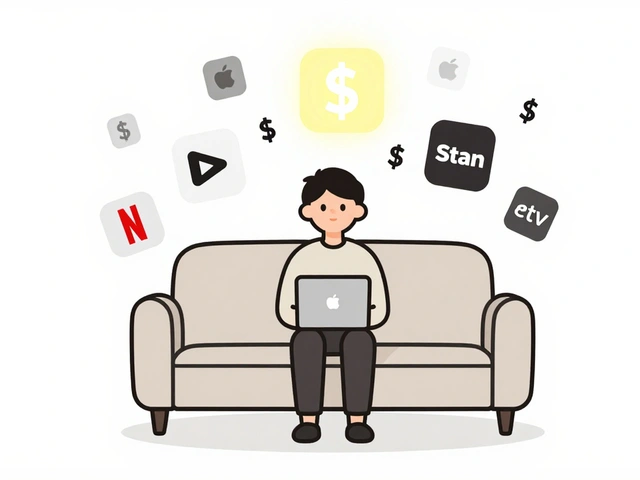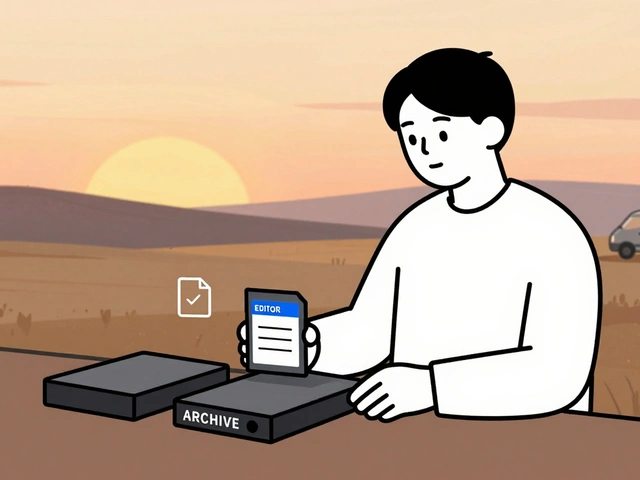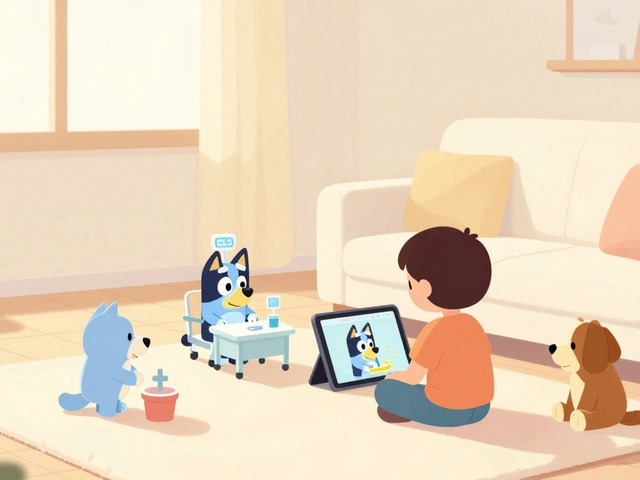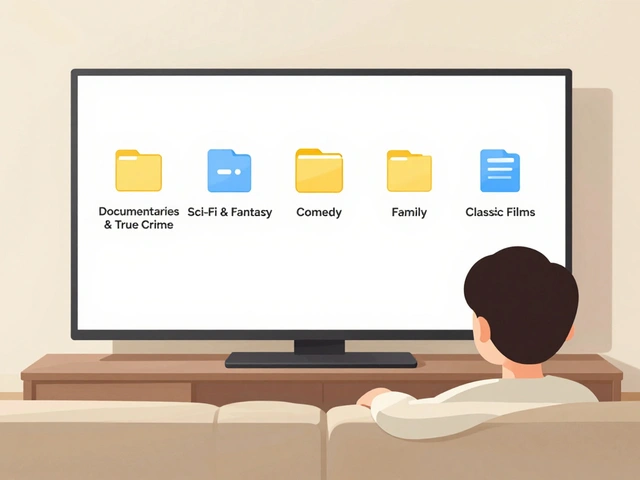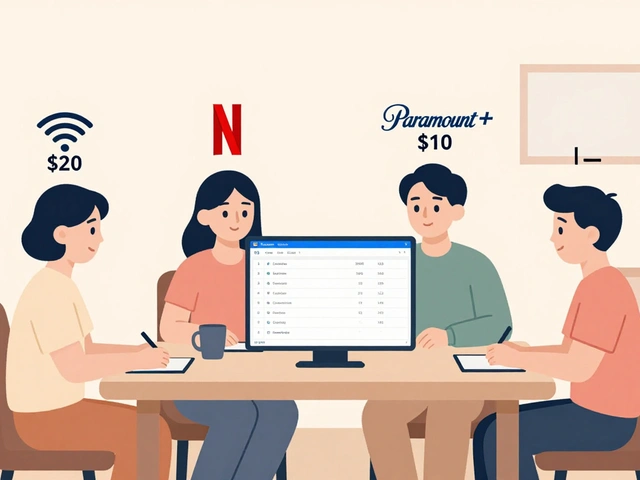22
How Much Data Does a 10‑Minute YouTube Video Use?

YouTube Data Usage Calculator
YouTube video data usage is the amount of internet bandwidth consumed when a video is streamed or downloaded from YouTube, typically measured in megabytes (MB) per minute.
Quick Takeaways
- At 480p, a 10‑minute video uses roughly 30MB on a typical 1Mbps stream.
- 720p bumps the total to about 70MB.
- 1080p consumes close to 150MB, while 4K can exceed 600MB.
- Audio codecs and frame‑rate add 5‑15% to the total.
- Switching from mobile data to Wi‑Fi can shave off 20‑30% of the consumed data.
What Determines Data Consumption?
Three technical ingredients drive the final number: bitrate is the amount of data recorded per second, usually expressed in kilobits per second (kbps). The higher the bitrate, the clearer the picture, but also the larger the file. Second, resolution defines the pixel count - 480p, 720p, 1080p, or 4K - and heavily influences bitrate. Third, the audio codec (e.g., AAC, Opus) and its own bitrate add a modest but noticeable chunk.
Resolution vs. Data Usage - The Numbers
| Resolution | Average Bitrate (kbps) | Estimated Data (MB) |
|---|---|---|
| 480p (SD) | 500 | ≈ 30 |
| 720p (HD) | 1,200 | ≈ 70 |
| 1080p (Full HD) | 2,500 | ≈ 150 |
| 1440p (2K) | 4,500 | ≈ 270 |
| 2160p (4K) | 15,000 | ≈ 600 |
These figures assume YouTube’s adaptive streaming algorithm selects a constant bitrate for the duration. Real‑world numbers vary a bit because YouTube dynamically adjusts quality based on network stability.
How Frame Rate and Video Codec Play In
Higher frame rate (e.g., 60fps vs. 30fps) effectively doubles the amount of visual information per second, nudging the bitrate up by 20‑30%.
Modern video codecs like VP9 or AV1 compress more efficiently than the older H.264. Switching from H.264 to VP9 at the same resolution can shave 30‑40% off the data needed.

Audio Matters Too
The default audio codec on YouTube is AAC at about 128kbps for stereo tracks. Some high‑budget productions use Opus at 160kbps, raising the total by roughly 5MB for a 10‑minute clip. If you’re streaming podcasts or music‑heavy videos, consider that extra load.
Mobile Data vs. Wi‑Fi: Why the Same Video Feels Different
Mobile carriers often throttle or compress streams on the fly. A 1080p video that would normally burn 150MB on a broadband connection might be reduced to 120MB on a 4G plan. Conversely, when you’re on a solid Wi‑Fi network, the router typically delivers the full bitrate.
Understanding your mobile data plan limits (e.g., 10GB per month) helps you decide when to watch in lower resolution. A quick calculation: watching a 720p video for one hour consumes about 420MB; ten such sessions would eat roughly 4GB of a 10GB cap.
Calculate Your Own Usage in Real Time
- Find the current bitrate displayed in YouTube’s network inspector (Chrome→DevTools→Network).
- Divide the bitrate (kbps) by 8 to get kilobytes per second.
- Multiply by 60seconds×desired minutes (e.g., 10).
- Divide by 1,024 to convert to megabytes.
Example: 1,200kbps → 150KB/s → 150×600seconds = 90,000KB → ~88MB.
Practical Tips to Trim Data Without Killing Quality
- Set YouTube’s default playback quality to “480p” in the app settings.
- Enable “Data Saver” on Android or iOS - it forces VP9 compression where possible.
- Download videos over Wi‑Fi for offline viewing; the download uses the same bitrate but spares you from streaming spikes.
- Turn off “HDR” and “auto‑play” - both trigger higher‑bitrate streams.
Related Concepts and Next Steps
Understanding streaming protocol (HLS, DASH) reveals why quality fluctuates - the protocol slices the video into small chunks and swaps bitrate on the fly. Diving deeper into adaptive bitrate streaming will show you how YouTube balances smooth playback against data constraints.
If you’re a creator, learning how upload bitrate influences the final streamed bitrate can help you produce videos that look great at lower data rates.
Next logical reads: “How to Optimize YouTube Video Settings for Low‑Bandwidth Audiences” and “Understanding YouTube’s Compression Algorithms (VP9 vs. AV1).”

Frequently Asked Questions
How much data does a 10‑minute 1080p YouTube video use?
On average, a 1080p video streamed at YouTube’s typical 2,500kbps bitrate will consume roughly 150MB over ten minutes. The exact figure can vary with frame‑rate, codec, and whether the stream is compressed by your mobile carrier.
Does watching on Wi‑Fi use less data than on mobile?
Wi‑Fi itself doesn’t compress the stream, so you’ll receive the full bitrate YouTube selects. Mobile networks often apply additional compression or throttling, which can reduce the data by 15‑30% depending on the carrier and plan.
Can I lower the data usage without dropping below 720p?
Yes. Activate YouTube’s “Data Saver” mode. It forces the platform to use the more efficient VP9 or AV1 codec, which can cut the data needed for 720p by about one third while keeping visual quality similar.
What role does the audio codec play in data consumption?
Audio typically accounts for 5‑10% of total bandwidth. YouTube defaults to AAC at 128kbps, but higher‑quality streams may use Opus at 160kbps, adding roughly 5MB to a ten‑minute video.
How can I estimate data usage before watching?
Use the simple formula: (bitrate÷8)×seconds÷1,024=MB. Most YouTube videos list a typical bitrate in their “stats for nerds” panel, which you can plug in for an accurate estimate.
Is 4K streaming worth the data cost?
For a 10‑minute clip, 4K can consume 600MB or more, which is a significant chunk of a typical monthly data plan. Unless you have unlimited broadband or the content truly benefits from 4K detail (e.g., nature documentaries), sticking to 1080p or 720p is usually more practical.





